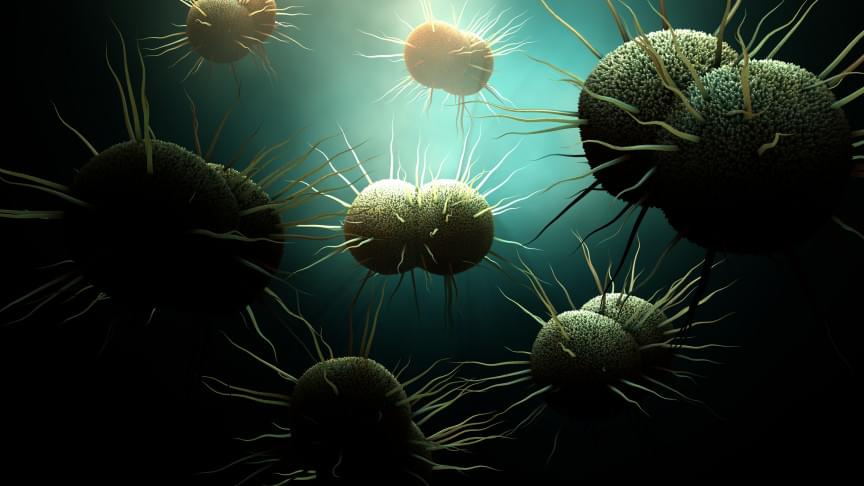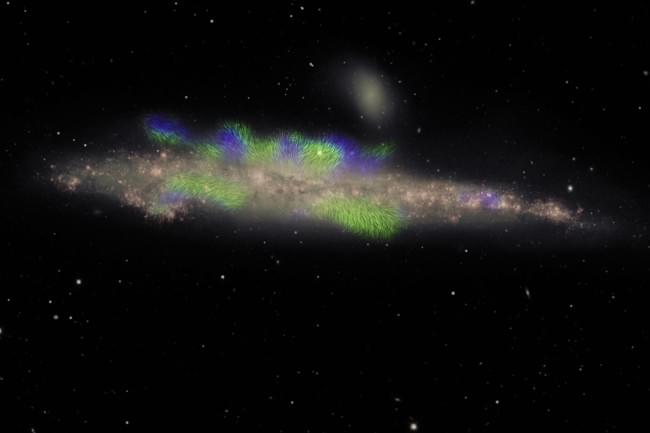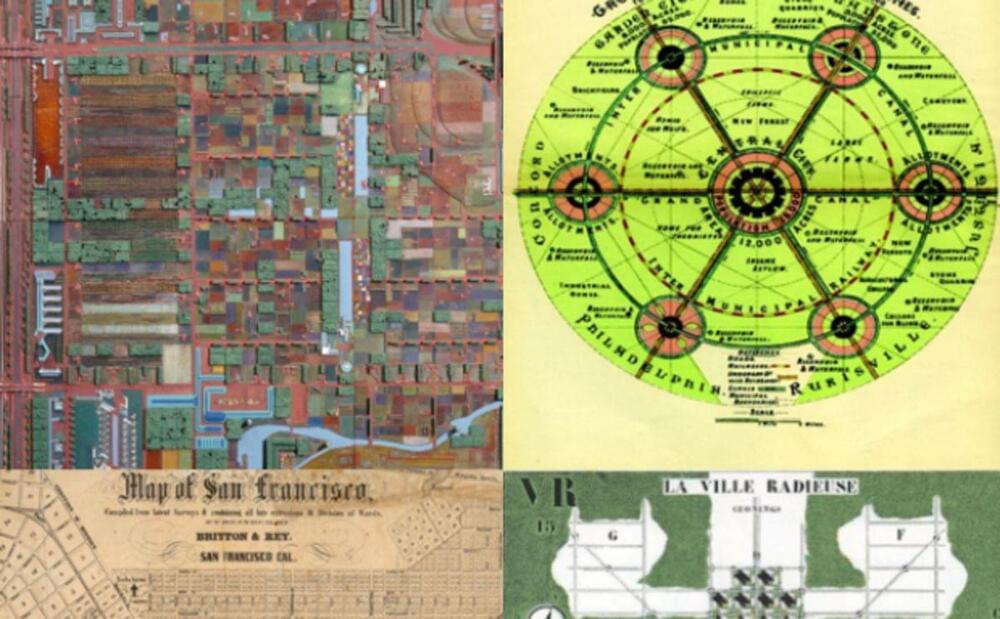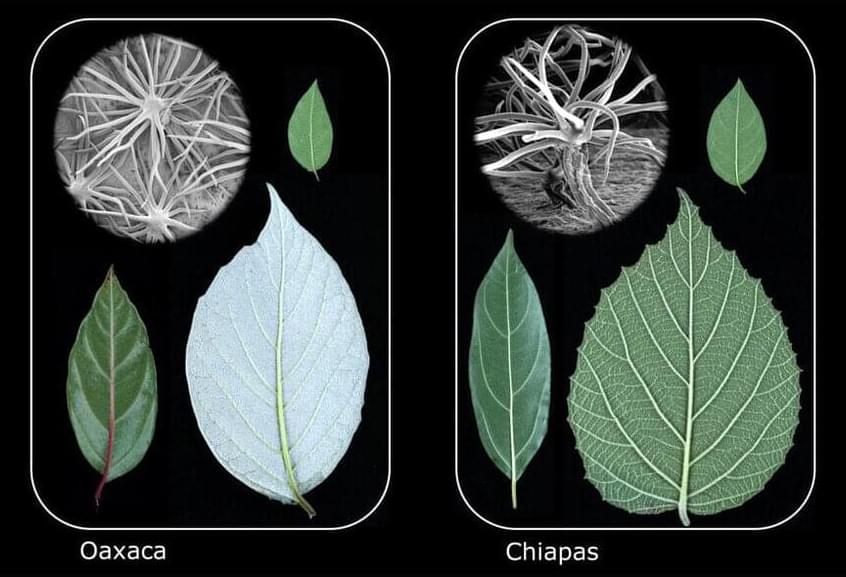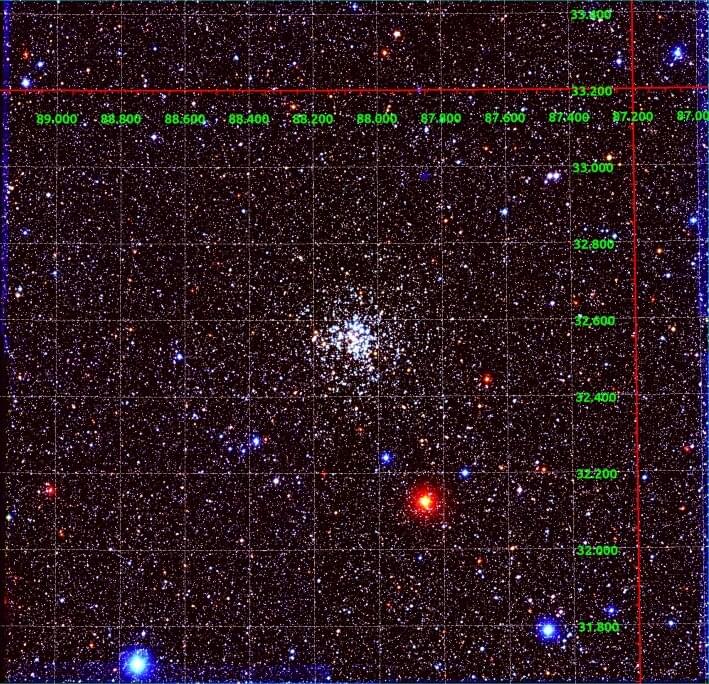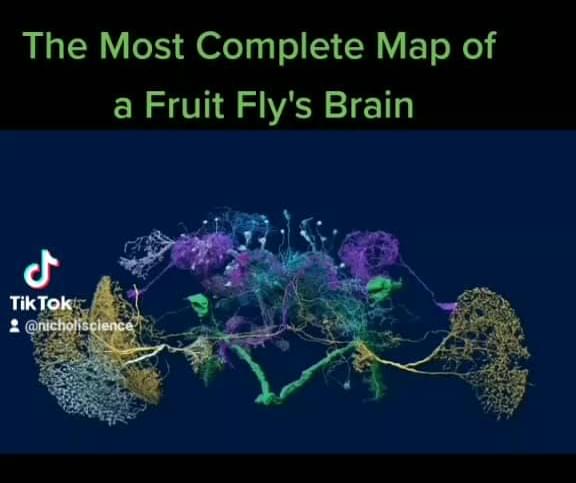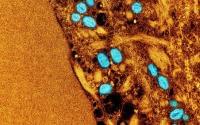An international team of astronomers has conducted an astrometric and photometric wide-field study of the open cluster Messier 37. As a result, the researchers completed a comprehensive catalog of more than 200,000 sources in the field of Messier 37 and identified the hottest white dwarf candidate members of this cluster. The study was detailed in a paper published July 7 on arXiv.org.
Open clusters (OCs), formed from the same giant molecular cloud, are groups of stars loosely gravitationally bound to each other. So far, more than 1,000 of them have been discovered in the Milky Way, and scientists are still looking for more, hoping to find a variety of these stellar groupings. Studying OCs in detail could be crucial for improving our understanding of the formation and evolution of our galaxy.
Messier 37 (or M37, also known as NGC 2099) is the brightest and richest Galactic OC in the constellation Auriga, located at a distance of about 4,500 light years. The cluster has a radius of at least 10 light years and a total mass of some 1,500 solar masses. The age of Messier 37 is estimated to be between 400 and 550 million years, while its metallicity is at a level of 0.02–0.08.
